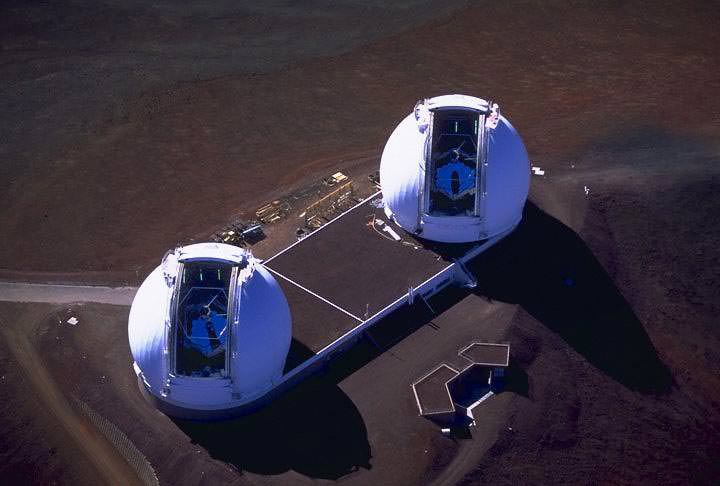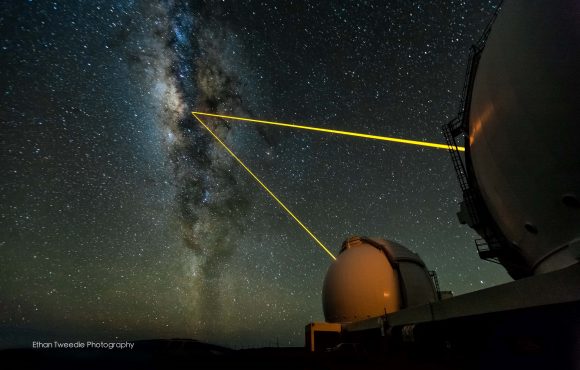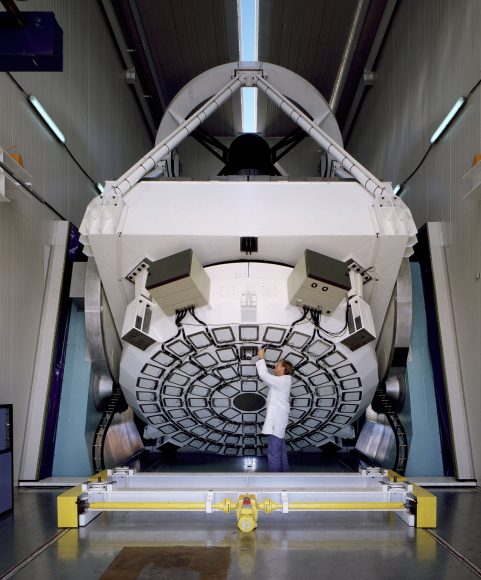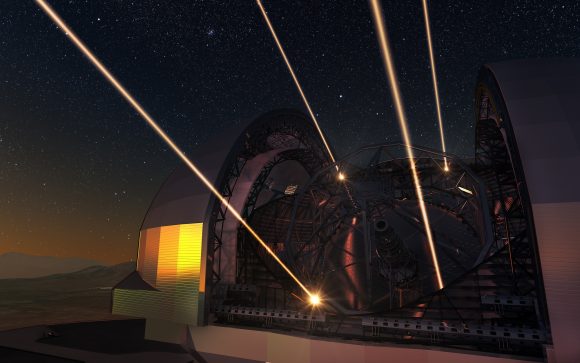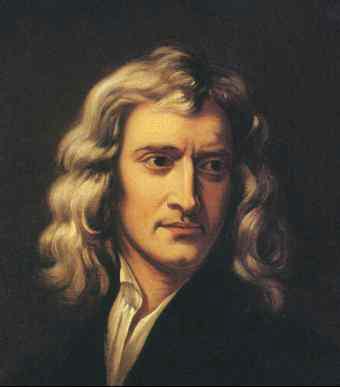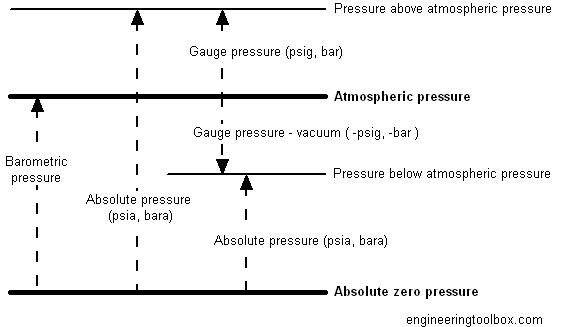[/caption]
The high seas. Tankers, fishing trawlers and naval craft watch the horizon with eager anticipation. The wind is high and the waves are rising. The ship’s anemometer (wind speed detector) reads sixty-five kilometers per hour. The perfect storm is coming! Back on land, people are observing much of the same. The high winds are picking up debris, throwing it around and causing much damage. The waves are high and crashing all along the coast and even further inland. Power lines are destroyed, trees uprooted, and houses looking out to sea pelted by seawater and hard rain. In the aftermath of all this, this storm would been classified as 12 on the Beaufort Scale. Alternately known as the Beaufort Wind Force Scale, this is an empirical measure that relates wind speed to observed conditions at sea or on land.
Officially devised in 1805 by an Irish-born Royal Navy Officer named Sir Francis Beaufort (apparently while serving on the HMS Woolwich), this scale has a long and complicated history. It began with Daniel Defoe, the English novelist who, after witnessing of the Great Storm of 1703, suggested that a scale of winds be developed based on 11 points and used words common to the English language. By the early 19th century, there was renewed demand for such a scale, as naval officers were hard pressed to make accurate weather observations that weren’t tainted by partiality. Beaufort’s scale was therefore the first standardized scale to be introduced, and has gone through a number of variations since.
The initial scale of thirteen classes (zero to twelve) did not reference wind speed but related to qualitative wind conditions based on the effects it had on the sails of a British man-of-war. At zero, all the sails would be up; at six, half of the sails would have been taken down; and at twelve, all sails would have to be stowed away. In the late 1830’s, the scale was made standard for all Royal Navy vessels and used for all ship’s logs. In the 1850’s it was adapted to non-naval use, with scale numbers corresponding to cup anemometer rotations. By 1916, to accommodate the growth of steam power, the descriptions were changed to how the sea, not the sails, behaved and extended to land observations. It was extended once again in 1946 when Forces 13 to 17 were added, but only for special cases such as tropical cyclones.
Today, many countries have abandoned the scale and use the metric-based units m/s or km/h instead, but the severe weather warnings given to public are still approximately the same as when using the Beaufort scale. For example, wind speeds on the 1946 Beaufort scale are based on the empirical formula: v = 0.836 B3/2 m/s, where v is the equivalent wind speed at 10 meters above the sea surface and B is the Beaufort scale number. Oftentimes, hurricane force winds are described using the Beaufort scales 12 through 16 in conjunction with the Saffir-Simpson Hurricane Scale, by which actual hurricanes are measured.
We have written a few related articles for Universe Today. Here’s an article about, and here’s an article about the F5 tornado. Also, here are some extreme weather pictures.
If you’d like more info on the Beaufort Scale, check out this Wikipedia entry about the Beaufort Scale. Also, check out the NOAA Beaufort Wind Scale.
We’ve also recorded an episode of Astronomy Cast all about planet Earth. Listen here, Episode 51: Earth.
Sources:
http://en.wikipedia.org/wiki/Anemometer
http://en.wikipedia.org/wiki/Beaufort_scale
http://www.tc.gc.ca/eng/marinesafety/tp-tp10038-80-wi-beaufort-scale-324.htm
http://weather.mailasail.com/Franks-Weather/Historical-And-Contemporay-Versions-Of-Beaufort-Scales



